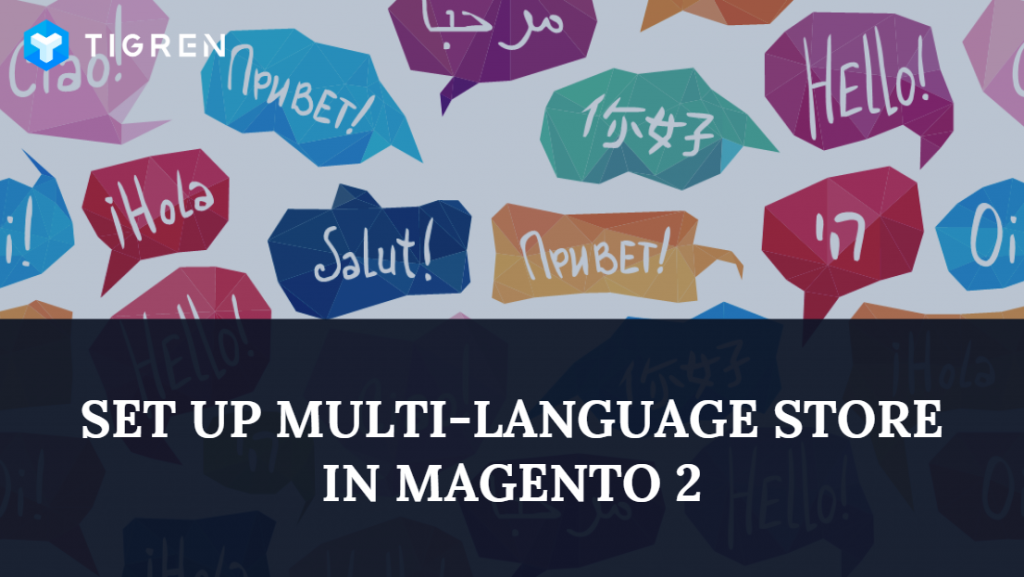Navigating a website in a foreign language can feel like trying to read a map upside down. A multi-lingual site isn’t just an added feature; it’s a bridge to global customers. Dive into this guide on configuring multiple languages for Magento 2, and discover how to configure multiple languages for Magento 2 websites.
Let’s get started!
Contents
3 Simple Steps To A Magento Store With Multiple Languages
Step 1: Download and install the needed language pack
The more languages you want to have on your Magento 2 website, the more language packs you need to install.
For example, if you want to add 2 more store views for Arabic and French, you will need to find 2 correlative language packs.
It’s worth noting that there are a lot of free language packs that you can download at ease from Github.
After downloading the language pack(s), copy it to your Magento directory.
Step 2: Create a new store view for that language
On the admin panel, click on STORES, select All Stores under Settings (STORES > All Stores)

Click on the Create Store View button:

Add detailed information for the new store view, including parent store (e.g.: Main Website Store), name (e.g.: Arabic, French, Japanese…), code (e.g.: Arabic), status (set to Enabled), sort order (e.g.: 0, 1, 2, 3…).

Step 3: Set a locale for that store view
Click on STORES on the admin sidebar, select Configuration under Settings (STORES > Configuration)

Select the Store View that we created on the second step:

Select a correlative Locale for the store view:

Sum Up
In this guide, we’ve walked you through three straightforward steps to enhance your Magento 2 store with additional languages. Should you encounter any challenges while following this Magento 2 Multi-Language configuration, please don’t hesitate to drop a comment below. We’re here to help!

